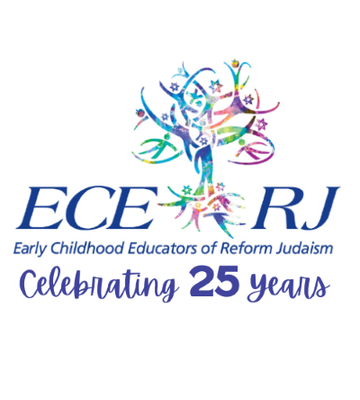
Discovery Through Documentation: Learning from the Children’s Point of View
As the school year is underway, I find myself reflecting on my documentation journey. Throughout my thirteen years of teaching, I have tried many different types of documentation tools and displays—documentation panels and bulletin boards, blogs, and various parent portals. Each year, however, the thought of getting a bulletin board changed out every month and journey books completed by the end of the year seemed like an impossible task
Community of Practice on Documentation
A couple of years ago, I had the privilege of participating in a Community of Practice (CoP), sponsored by the Colorado Jewish Early Childhood Education Initiative, where the main focus had been enhancing documentation. I entered into the CoP to make the time I had dedicated to documentation more efficient, deliver aesthetically pleasing bulletin boards, and compose meaningful Remini posts and journey books. Since participating in this cohort, my view, goals, and expectations around documentation have significantly changed.
New Documentation Goals
Through discussions and constructive critiques by fellow cohort members and our coach, I quickly changed my documentation goal to make learning visible to the children, school, parents, and myself. This change was like putting on a new pair of glasses when walking into my classroom. This new goal changed my classroom planning and supported my efforts to track my students’ development.
Learning through the Children’s Eyes
To meet my documentation goal, I needed to pay attention to what the children were doing and telling me. This can be hard because toddler language is just emerging. I now spend most of my day down on the child’s level, taking pictures from the children’s point of view. This small change has allowed me to document the students’ interest and learning, not simply what I wanted them to learn.
Making Learning Visible to Children and Families
By taking pictures from the children’s point of view, I capture their attention, focus, joy, intensity, experimentation, and trial-and-error. These photos provide a dramatic portrait of learning through play. Using these photos and observations in my Remini posts, on beautiful bulletin boards and in journey books—in a deliberate and intentional way—they easily show the path of my students’ exploration and learning.
Making Learning Visible to Teachers
The change in my documentation practice has also made the children’s learning more visible to me. Specifically, by viewing the day from the children’s point of view, I can use Backwards Design to examine what the children are interested in and turn those interests into meaningful learning experiences. I also discovered that I could track student developmental milestones and have evidence of those milestones during conferences, including when courageous conversations with parents needs to happen.
Documentation as a whole can seem very daunting; however, if done wisely, it can have a significant impact on the students, their families, and our growth as teachers. I still have so much to learn about documentation, and I look forward to the journey ahead and a future filled with additional opportunities to discover.
Jennifer Brehmer
Lead Toddler Teacher
Temple Sinai, Denver, CO
October 2021

